At present, the most efficient hybrid technology type PS (power shunt) type, the mass production is only Toyota and GM, Toyota's THS is widely circulated with single planetary row, dual motor electric drive system, GM disclosed relatively more information Less, many consumers still don't know much. Today we talked about the difference between the two peak hybrid technology products.
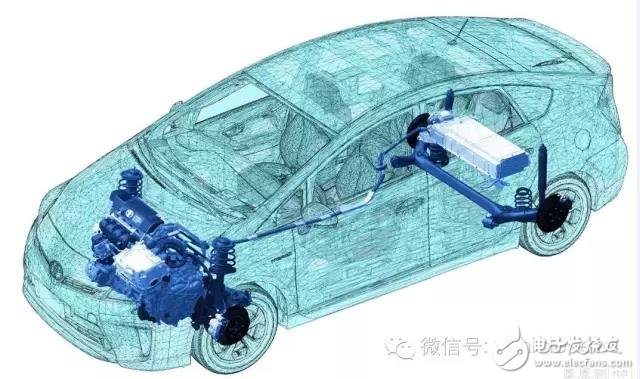
The top martial arts masters have no choice but to compare the winners and losers, and more are relative comparisons. The same is true for Toyota and General Motors. The three components of the hybrid car's core components: motor, battery and electronic control, including: electric drive system structure, system integration, motor, battery, electronic control, engine, etc., we may wish to look at the core components What is the difference between the two.
First, what is the difference between THSIII and Voltec II electromechanical integration?From the intergenerational point of view, many people refer to the THS released in 2015 as the third generation product, also known as the fourth generation. The general Voltec officially calls it the second generation. In fact, it is called the third in North America. Generation depends mainly on how to understand from the perspective of the product.
Toyota's third-generation THS and GM's second-generation Voltec are deeply integrated mechatronics products. From the perspective of electromechanical system integration, both are excellent. The electric drive system is integrated with the engine. The hybrid technology is unmatched.
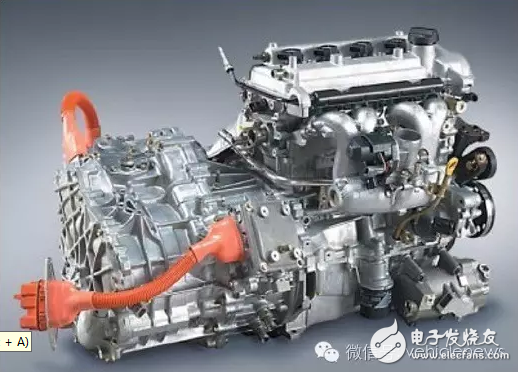
Toyota Prius third generation powertrain
However, compared to the two, there is a clear difference between the two. The second-generation powertrain of the GM LaCrosse hybrid model is deeply integrated with the motor controller and the electric drive unit. At present, Tesla's Model S can be used for this technology, and Toyota is still separated. .
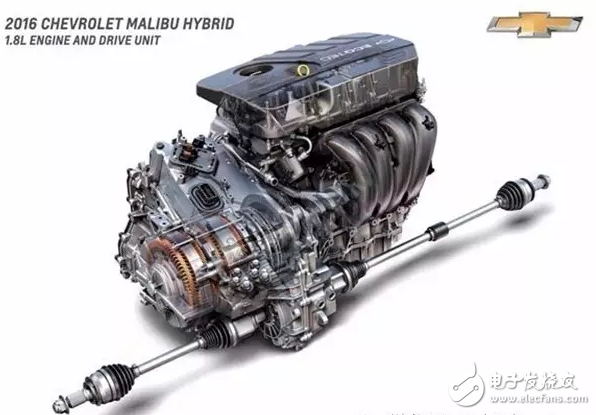
Universal hybrid version of the second generation powertrain
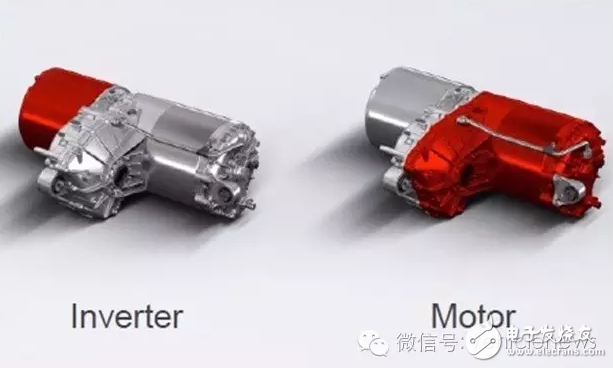
Tesla Model S electric drive system (motor controller integrated with motor)
Electric drive technology is promoted by Tesla as one of its five core technologies. Deep integration can eliminate the three harnesses and connectors of the motor controller to the motor, improving the safety of the high voltage system and reducing the cost.
However, this part needs to have enough KnowHow on the hardware of the controller (can be understood as special technology) to avoid damage caused by the vibration of the powertrain. Toyota may be less mature than the general one because of the old technology.
Second, what is the difference between THSIII and Voltec II?The essence of PS (power shunt) technology is to achieve the decoupling of torque and speed. It can realize speed regulation and torque adjustment at the same time. The product of torque and speed is power, so it is called power split.
The marriage between the planetary platoon and the PS technology is a natural fit, because the planetary platoon itself has three degrees of freedom, such as the Toyota THS, which is decoupled and regulated by a dual motor and the engine to achieve power splitting.

Toyota electric drive system structure diagram
The first generation of THS products was launched in 1997. Many car companies hate Toyota in 1997 because it applied for many patents for single-planetary and dual-motor electric drive systems. Many people still dream of Toyota’s invention patent for 20 years. Upon expiration, the author inquired that Toyota has applied for a series of patent ethnic groups every year for 20 years, and it is impossible to avoid the detailed patents.
At present, the best defense belongs to the offense. After 20 years, the single planetary platoon is not limited by the efficiency-optimized boundary, and the optimal efficiency and power cannot be achieved. PS technology with three planetary rows has become another peak, and these patents have been applied for by GM.
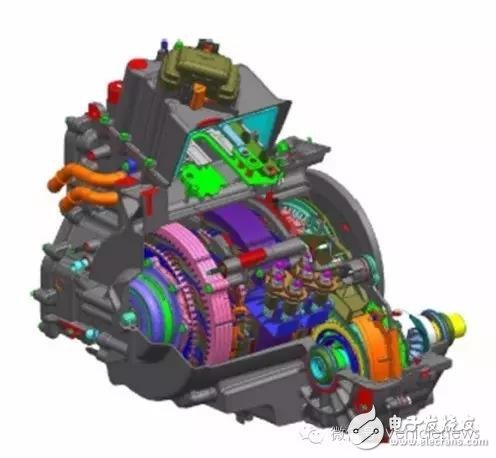
GM second generation Voltec
Simply put, the dual-lane, dual-motor electric drive system is similar to two THS electric drive systems, switching to another set when a THS system reaches an optimized boundary for higher efficiency and power optimization. .
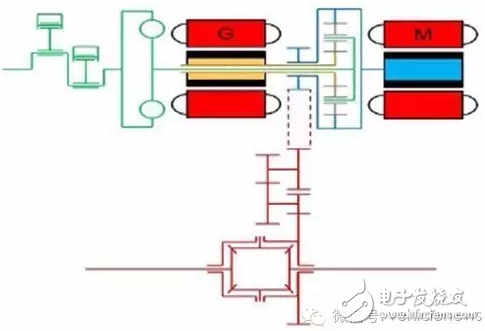
Toyota THS III dual motor single planetary row PS technology structure diagram
Of course, the more applications the planetary platoon can maximize the transmission efficiency, but the control difficulty and cost should be considered comprehensively. Under the control of current control technology, the double planetary platoon and the three planetary platoon are the best options, perhaps one day. Smart technology is derived, we have more freedom to optimize efficiency.
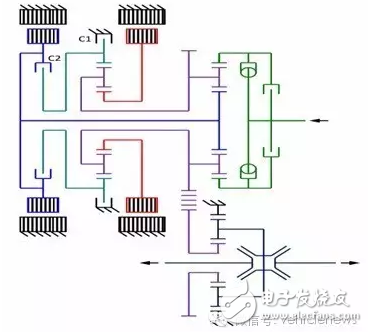
General Motors second generation Voltec PS technology structure diagram
Third, what is the difference between THSIII and VoltecII electronic control integration?Electronic control is one of the three core technologies of hybrid vehicles. We just talked about the hardware integration of the two. Let's take a look at the software integration of the two.
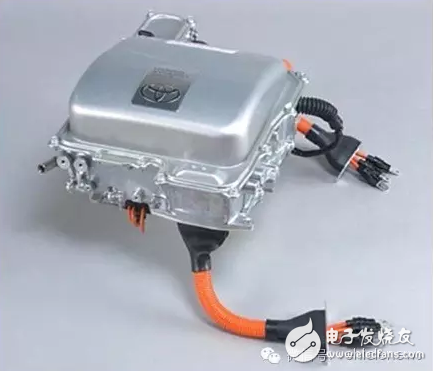
Toyota THS3 motor controller (including Boost Converter)
Toyota's electronic control is ingenious. It has a booster circuit. The main reason for this is that the power battery is more expensive. This device can achieve the performance of a larger battery. Now, the battery output is increased. Big, low cost, the advantages of this technology are also lost.
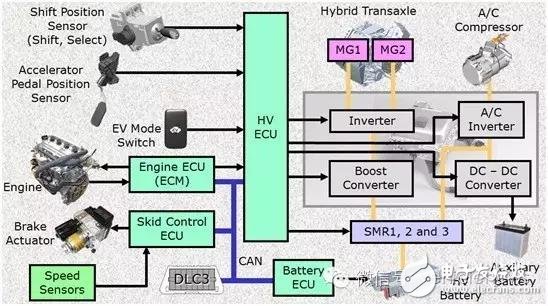
Toyota THS3 Control Architecture
In terms of Toyota's electrical architecture, the HCU (Complete Vehicle Controller) controls the MCU (two motor controllers), ECM (engine controller), etc., and several controls communicate via the CAN bus. This maximum rate is about 1 M/s.
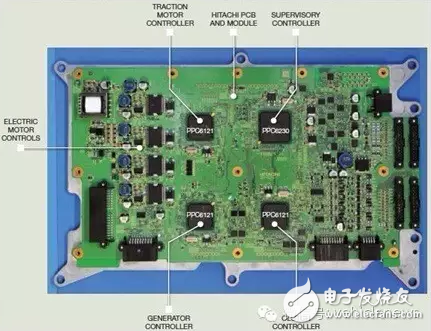
GM's second-generation Voltec controller
The GM HCU (Complete Vehicle Controller) is integrated with the MCU on a controller with four 32-bit Freescale microcontrollers, controlling two motors, an electronic oil pump, clutch and vehicle control. Controller internal control communication has higher transmission speed, safety and lower cost.
Sometimes, the development of the times makes us feel that four 32-bit microcontrollers are integrated on one controller. This supercomputer is actually used in the control of hybrid power. This kind of intelligence makes the electric drive control system more and more trending. For IT products.
Fourth, how is the difference between THSIII and VoltecII?Power battery is one of the three major electric vehicles. It has been plaguing new energy vehicles for many years. Energy density, cycle life and cost have become lingering difficulties.
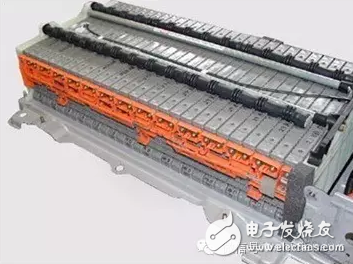
Toyota NiMH battery
When the Toyota Prius was listed in 1997, nickel-metal hydride batteries were still relatively popular products. It was only popular in China in 2005. However, after 20 years, nickel-metal hydride batteries were eliminated by the times to some extent.
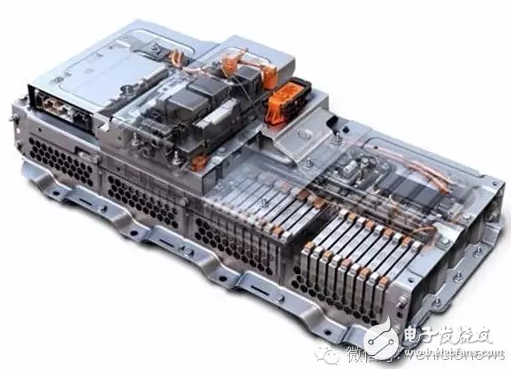
GM ternary lithium battery
There are two types of batteries, one is a power type battery, the other is an energy type battery, and the hybrid type car uses a power type battery. Therefore, the comparison between the nickel-hydrogen battery and the lithium battery belongs to the comparison between pink and blue (see the following figure). ), the specific power and specific energy, lithium batteries are far superior.
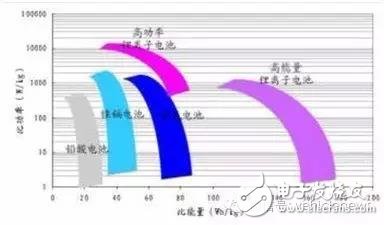
Ni-MH battery and lithium battery comparison
Lithium-ion battery volume energy density is about 350-400 wh / l, nickel-hydrogen battery is 320-350 wh / l; lithium-ion battery weight energy density 180-200 wh / kg, nickel-hydrogen battery is 60-65 wh / kg; lithium-ion battery power Density is 2200 W/kg, nickel-hydrogen battery is 550~1350W/kg; lithium-ion battery cycle life (times) is 3000, and nickel-hydrogen battery is more than 1000 times.
I don't know how long Toyota can hold on Ni-MH batteries. To a certain extent, the transformation of lithium-ion batteries is also a matter of time. However, Toyota currently uses nickel-metal hydride batteries in its Chinese models.
Fifth, what is the difference between the THSIII and VoltecII battery and engine?Many people talk about hybrid vehicles and avoid engines. In fact, the engine is also one of the key technologies of hybrid vehicles. A typical capability of hybrid vehicles is “shaving peaks and valleysâ€, which optimizes each other through different power sources. Maximize efficiency.
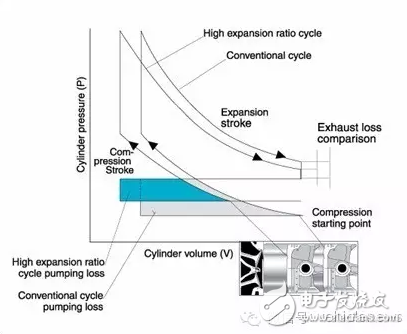
Miller cycle engine high efficiency principle
Toyota's Atkinson cycle engine is very famous. In fact, more accurately, Toyota uses the "Miller cycle". The Atkinson cycle needs to change the structure of the crankshaft. Toyota and GM only changed the phase of the intake and exhaust valves. The essence is the Miller cycle.
The Miller cycle changes the intake and exhaust valve phase, increases the expansion ratio, recovers the heat energy of the exhaust gas, and improves the efficiency. The Miller cycle efficiency is much higher than that of the ordinary engine, but the power output is weaker than the conventional engine, and the PS technology is passed. Two drive motors work together to drive the vehicle, improving power while improving fuel economy.

Miller cycle engine
Therefore, the fuel consumption of several hybrid models we have seen so far is good. Mai Rui Bao XL full hybrid is the best 4.3L/100km for the current B-class hybrid car. The LaCrosse hybrid 4.7L/100km, Camry HEV It is 5.3L/100km.
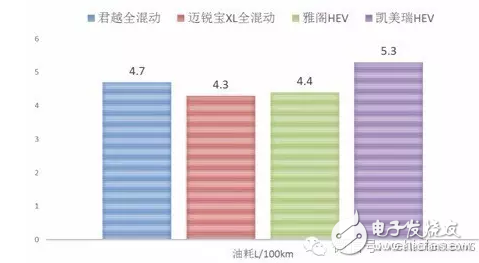
Overall, PS (power shunt) technology is currently the best hybrid technology, Toyota PS technology is relatively old, general-purpose PS technology uses double or three planetary gears and the latest control and materials, it is more efficient, Smart and highly integrated, we look for opportunities to explore the technical details of both.
The Beater Wheel is cantilevered. This unilaterally open construction offers the advantage that all mill parts that are subject to wear are easily accessible and can be replaced within a short period of time. The bearings have to meet stringent requirements. The MB series percussion wheel produced by our company has the characteristics of reliable operation, low price and long service life.
Beater Wheel Part,Cast Iron Flat Plate,Casting Strike Plate,Cast Tooling Plate
Shenyang Zhicheng Heavy Machinery Manufacturing Co., Ltd. , https://www.zhichengmachinery.com
